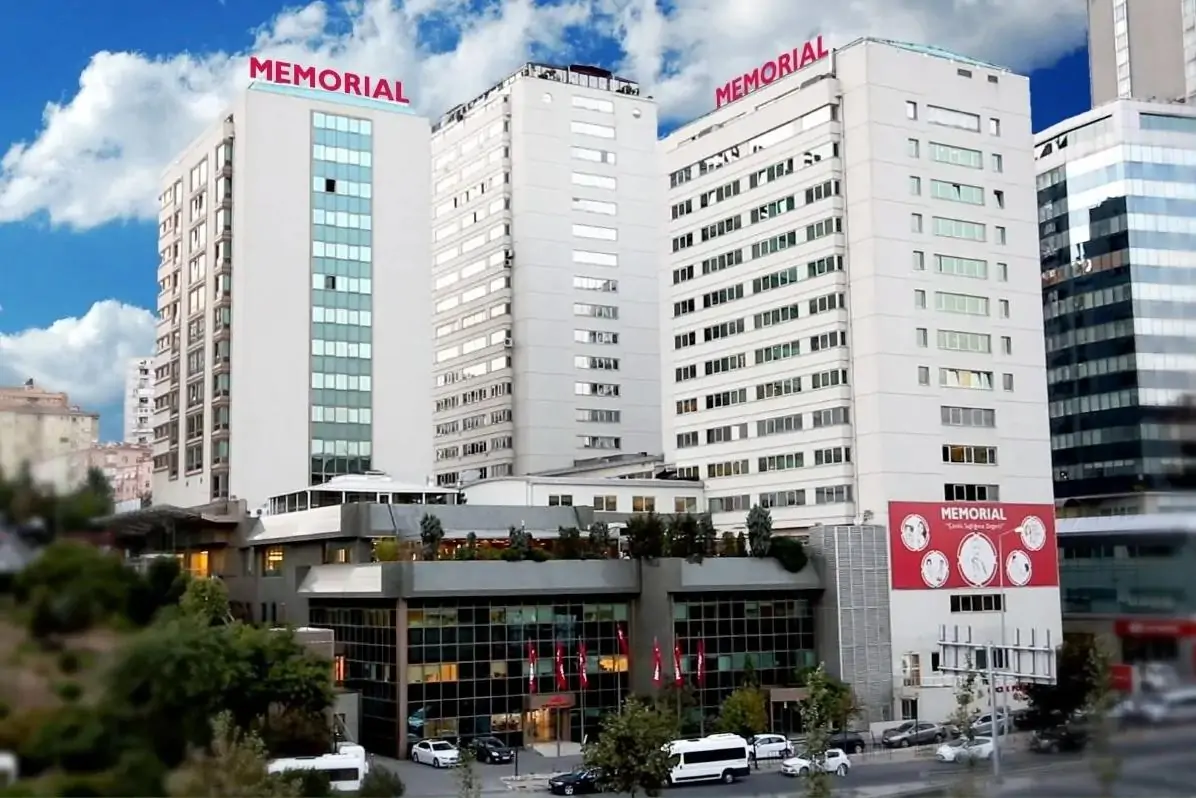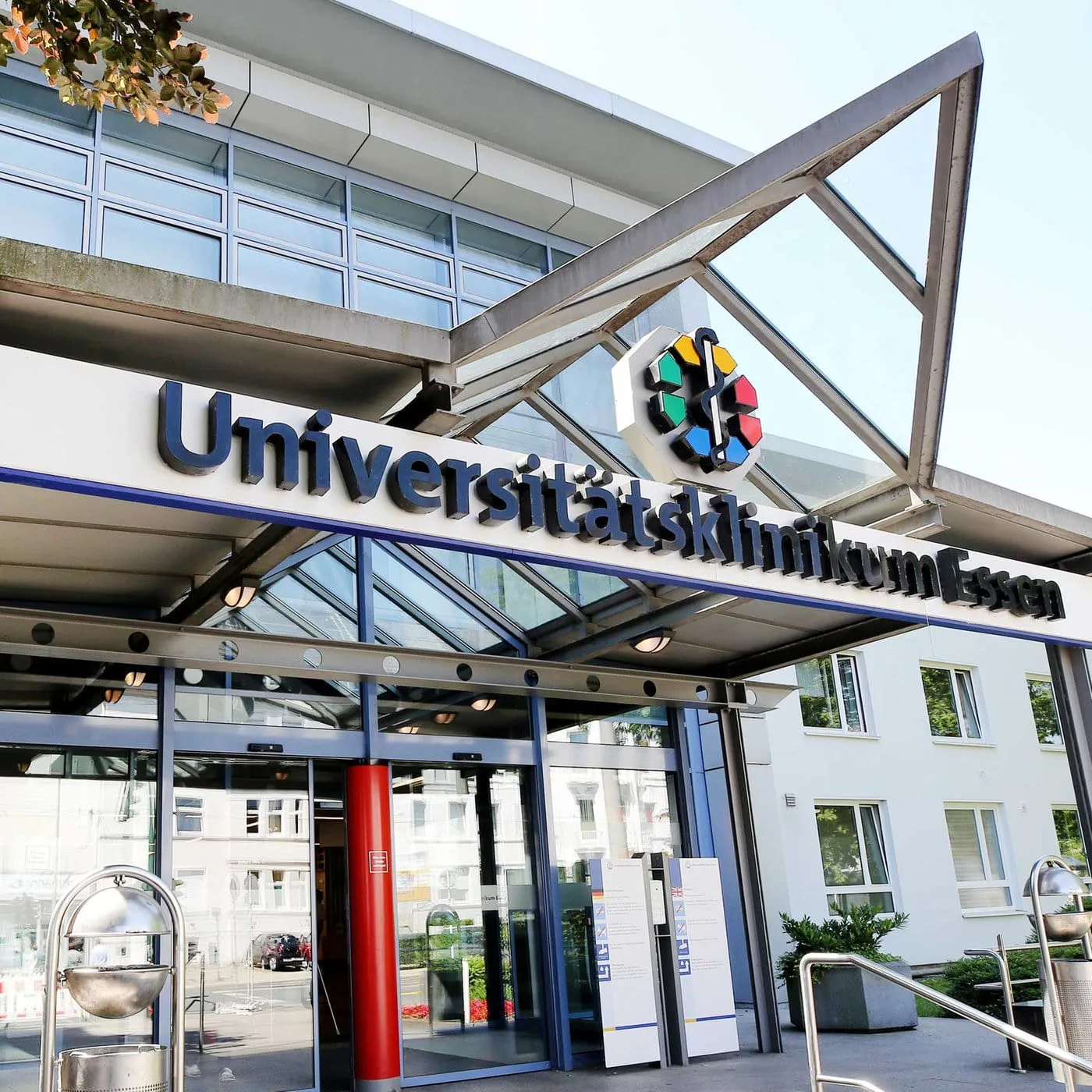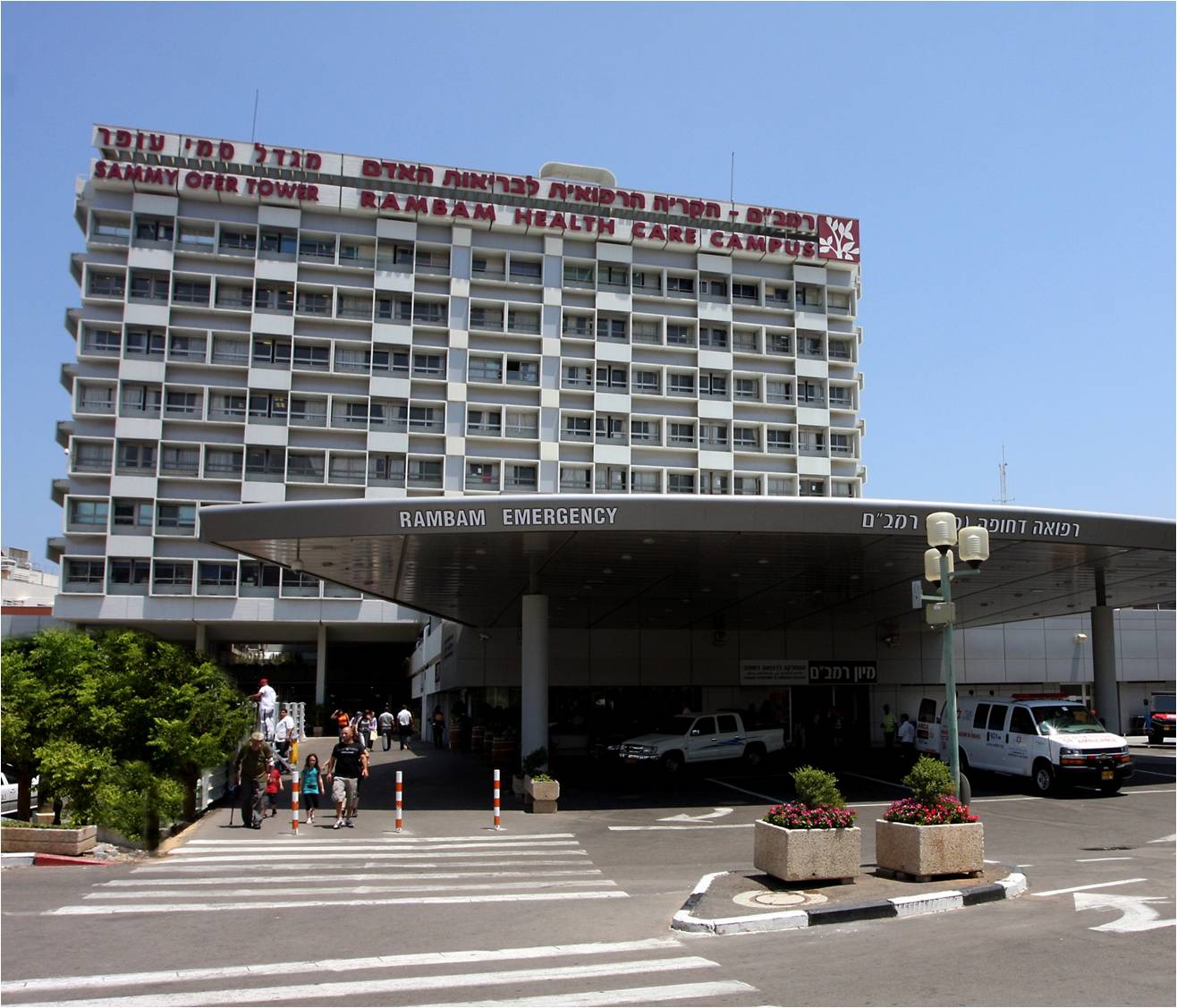Eine Wirbelfehlstellung ist ein Zustand, der die Ausrichtung der Wirbel in der Wirbelsäule beeinträchtigt. Sie kann verschiedene Ursachen haben, z. B. Traumata, degenerative Erkrankungen oder strukturelle Anomalien. Wenn die Diagnose einer Wirbelsäulenverrenkung gestellt wird, fragen sich die Patienten oft, ob ein chirurgischer Eingriff unumgänglich ist oder ob alternative Behandlungsmethoden in Frage kommen. In diesem Artikel möchten wir eine informative Diskussion über die Frage führen, ob eine Operation bei einer Wirbelfehlstellung unumgänglich ist.
Verständnis der Wirbelverschiebung
Eine Wirbelsäulenverschiebung ist ein Zustand, bei dem sich ein oder mehrere Knochen der Wirbelsäule (sogenannte Wirbel) aus ihrer normalen Position verschieben. Dies kann durch plötzliche Traumata wie Sportverletzungen oder Autounfälle geschehen oder sich im Laufe der Zeit durch degenerative Erkrankungen wie Arthritis entwickeln. Wenn die Knochen der Wirbelsäule verrenkt sind, kann dies zu einer Reihe von Beschwerden führen, die die Mobilität, die neurologischen Funktionen und die allgemeine Lebensqualität beeinträchtigen. Die Symptome können je nach Ort und Schwere der Verformung unterschiedlich sein. Typische Anzeichen sind starke Schmerzen, eingeschränkte Beweglichkeit, Kribbeln in Händen und Füßen, Muskelschwäche und Veränderungen der Körperhaltung oder des Gangs. Wenn Sie eines dieser Anzeichen bemerken, ist es wichtig, dass Sie umgehend einen Arzt aufsuchen.
Behandlungsmöglichkeiten
Die Heilung hängt von mehreren Aspekten ab, unter anderem von der Art und Schwere der Deformität, dem Vorhandensein anderer Verletzungen und Ihrem allgemeinen Wohlbefinden. Zu den nicht-invasiven Heilungsmöglichkeiten gehören Schmerzbehandlungsmethoden wie Therapien, die darauf abzielen, Schmerzen zu lindern und die Mobilität zu verbessern. In Fällen, in denen eine erhebliche Instabilität oder eine Myelopathie vorliegt, bei der das Rückenmark zusammengedrückt wird, kann ein chirurgischer Eingriff erforderlich sein, um die Wirbel neu auszurichten und die Instabilität der Wirbelsäule zu korrigieren.
Nicht-invasive Optionen
In vielen Fällen kann eine Wirbelverschiebung mit nicht-operativen Maßnahmen wirksam behandelt werden. Entspannung und Ruhigstellung spielen die Hauptrolle, damit die Wirbelsäule natürlich heilen kann. Zur Unterstützung und Bewegungseinschränkung während des Heilungsprozesses kann die Verwendung von Gipsverbänden oder -schienen empfohlen werden. Physikalische Therapien und Rehabilitationsübungen können ebenfalls zur Wiederherstellung von Kraft, Beweglichkeit und der richtigen Ausrichtung der Wirbelsäule beitragen. Auch Schmerzbehandlungsmethoden wie Medikamente und andere Techniken können dazu beitragen, die Beschwerden zu lindern und die Lebensqualität zu verbessern.
Chirurgische Optionen
Während nicht-operative Behandlungen häufig die erste Wahl bei Wirbelsäulenverrenkungen sind, kann es Fälle geben, in denen eine Operation unumgänglich ist. Chirurgische Eingriffe können je nach Schwierigkeitsgrad und spezifischen Umständen der Deformität variieren. Zu den häufigen Eingriffen gehören die Wirbelsäulenversteifung, bei der zwei oder mehr Wirbelsäulenknochen miteinander verschmolzen werden, um die Wirbelsäule zu stabilisieren, und die Dekompressionsoperation, die darauf abzielt, den durch die Verrenkungen verursachten Druck auf die Nerven zu verringern. Eine Operation wird in der Regel in Erwägung gezogen, wenn konservative Maßnahmen keine ausreichende Linderung gebracht haben oder wenn erhebliche Schwierigkeiten im Zusammenhang mit der Verrenkung bestehen.
Rehabilitationsprozess
Nach der Operation umfasst der Weg zur Genesung ein umfassendes Rehabilitationsprogramm, das auf Ihre speziellen Bedürfnisse zugeschnitten ist. Übungen können helfen, die umliegenden Muskeln aufzubauen, den Bewegungsumfang zu verbessern und die allgemeine Funktionalität zu steigern. Ihr medizinisches Team wird einen individuellen Plan für die schrittweise Wiederaufnahme von Aktivitäten entwickeln, um künftigen Verletzungen vorzubeugen. Es ist wichtig, dass Sie das empfohlene Rehabilitationsprogramm gewissenhaft befolgen, um Ihre Genesung zu optimieren.
Prävention und Vorsichtsmaßnahmen
Auch wenn nicht alle Fälle von Verrenkungen verhindert werden können, gibt es bestimmte Vorsichtsmaßnahmen, die Sie ergreifen können, um das Verletzungsrisiko zu minimieren. Ein normales Körpergewicht, eine korrekte Körpermechanik beim Heben schwerer Gegenstände und regelmäßiger Sport zur Stärkung der Rumpfmuskulatur und des Rückens können zur Gesundheit der Wirbelsäule beitragen. Auch das Tragen geeigneter Schutzkleidung bei sportlichen Aktivitäten oder risikoreichen Tätigkeiten kann dazu beitragen, die Wahrscheinlichkeit von Wirbelsäulenverletzungen zu verringern.
Schlussfolgerung
Die Feststellung der Notwendigkeit eines chirurgischen Eingriffs bei Wirbelsäulenverrenkungen erfordert eine sorgfältige Beurteilung des Einzelfalls. Während nicht-chirurgische Behandlungen oft wirksam sind, kann eine Operation eine sinnvolle Option sein, wenn konservative Maßnahmen keine ausreichende Linderung bringen oder wenn Komplikationen auftreten. Eine frühzeitige Diagnose, die richtige Behandlung und eine sorgfältige Rehabilitation können die Ergebnisse für die Patienten erheblich verbessern. Denken Sie daran, bei Symptomen einer Wirbelsäulenverrenkung einen Arzt aufzusuchen und die notwendigen Vorkehrungen zu treffen, um Ihre Wirbelsäule zu schützen. Bleiben Sie informiert, bleiben Sie proaktiv, und geben Sie Ihrer Wirbelsäulengesundheit Vorrang.











